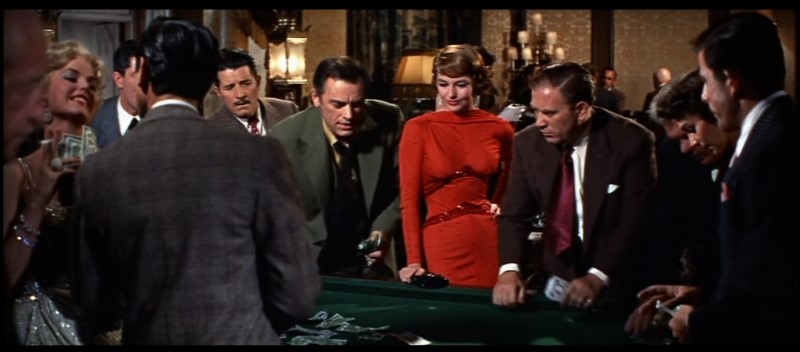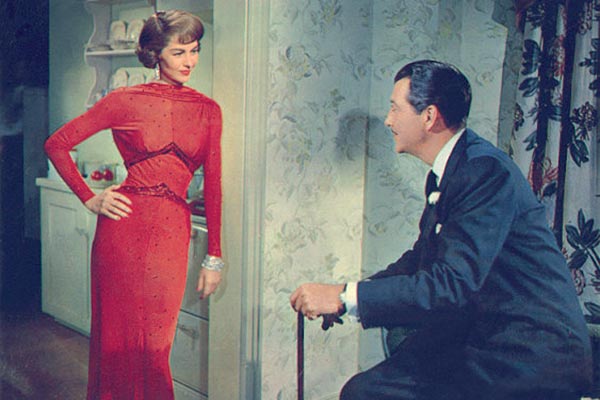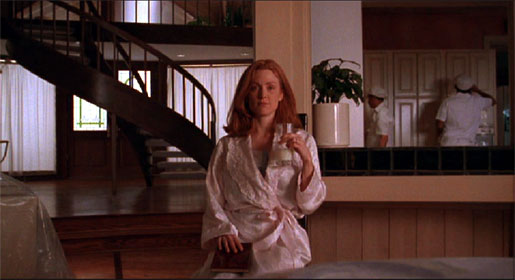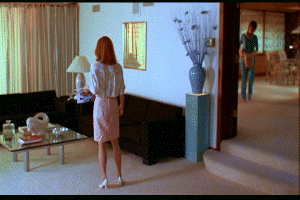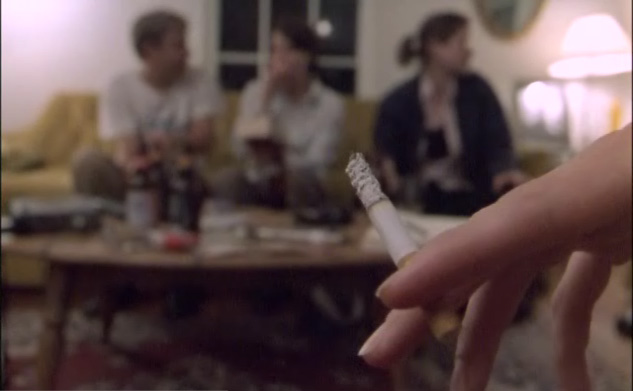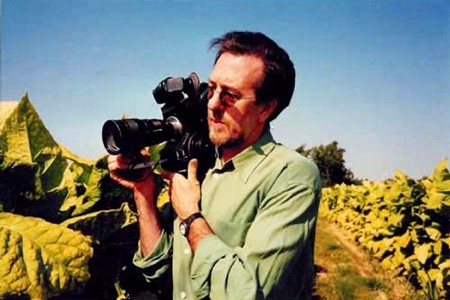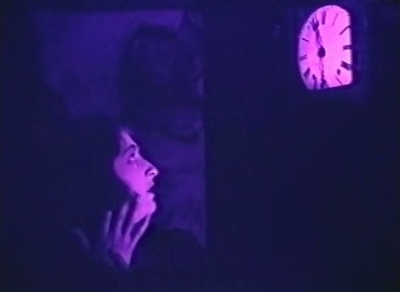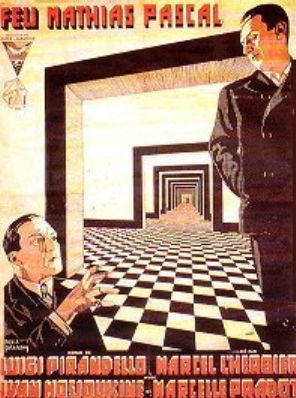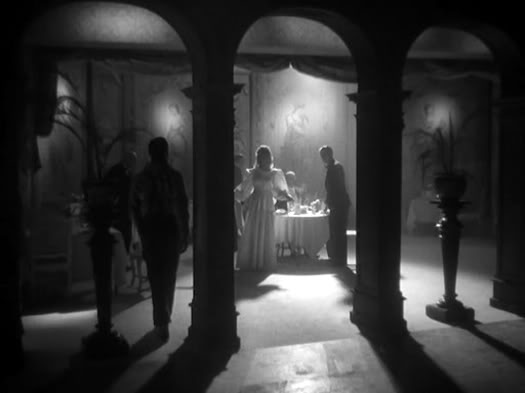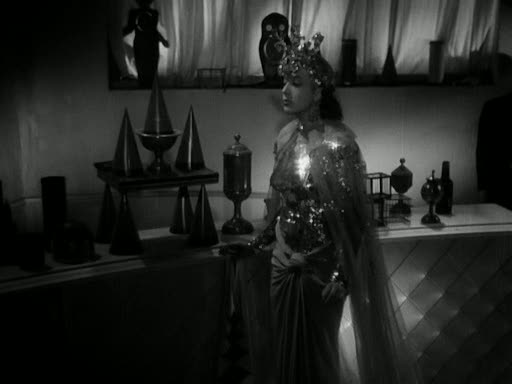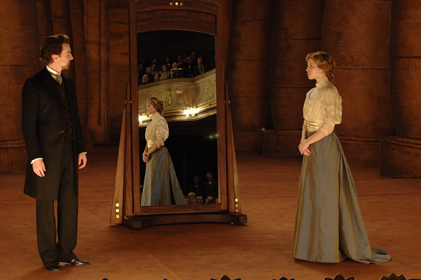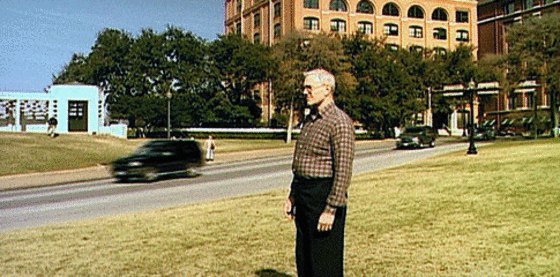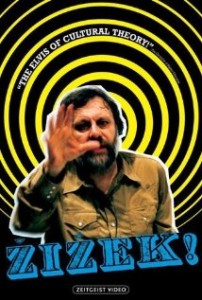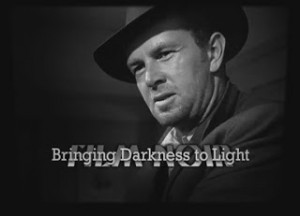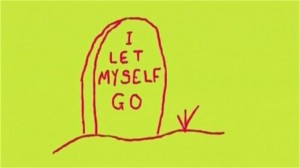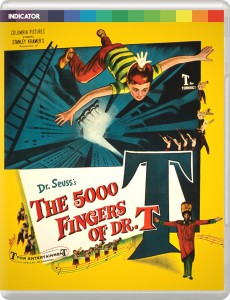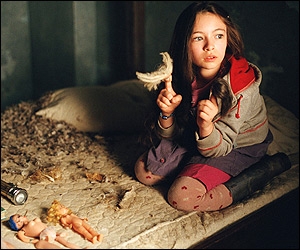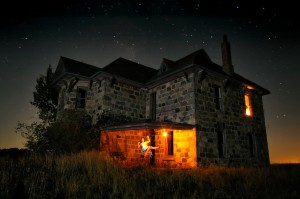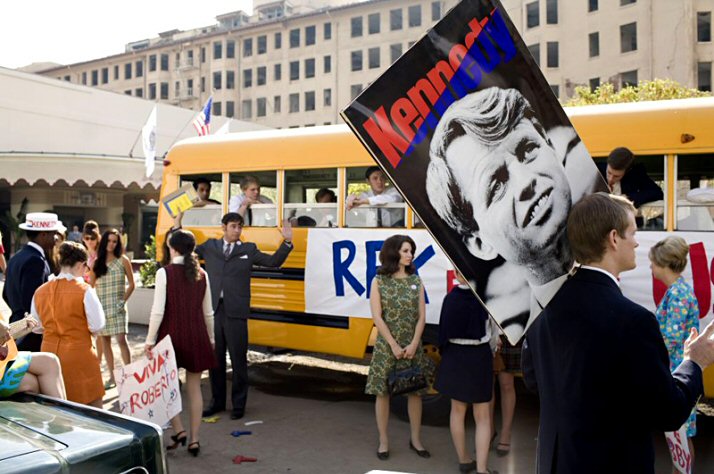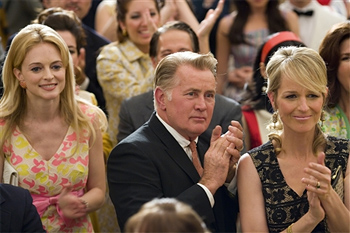From the Chicago Reader (February 1, 1988). — J.R.
A film that might be regarded as Nicholas Ray’s farewell to Hollywood (if not commercial filmmaking), as well as his tribute to Chicago in the 20s, this 1958 feature is also one of his most affecting love stories. An unlikely alliance between a crippled and crooked lawyer (Robert Taylor) and a dancing showgirl (Cyd Charisse), both of whom try to escape the power of a tyrannical mobster (Lee J. Cobb), forms the basis for a flamboyant poem in delirious color and ‘Scope that is treated with a mixture of violence and lyricism unique to Ray. This is the only movie he made at MGM, and he makes the most of the production resources available; Taylor and Charisse have never been better, and rarely has Ray’s theme of two flawed individuals trying to strike a symmetrical balance achieved a more beautiful and convulsive expression. With John Ireland and Kent Smith. 99 min. (JR)
